#1972 Lamborghini Espada
Explore tagged Tumblr posts
Text

1972 Lamborghini Espada
34 notes
·
View notes
Text

#Lamborghini#Lambo#Muscle car#concept#concept car#Prototype#Espada MC#Lamborghini Espada MC#1972#Lamborghini muscle car#Custom#custom car#wide body#Luxury#luxury life#luxury living#classic#classic car#vintage#vintage car#car blog#menstyle#classy#classy life#beauty#lifestyle#lifestyle blog#photography
380 notes
·
View notes
Text
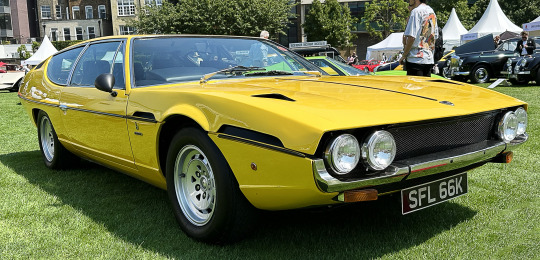
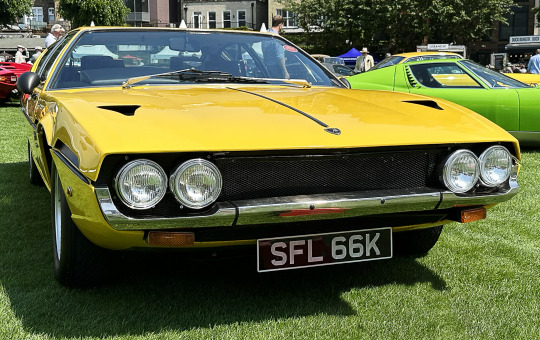
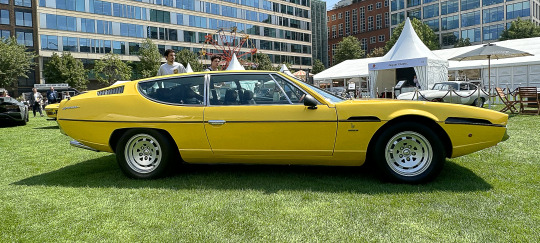

Lamborghini Espada Series 2, 1972, by Bertone. Another of the cars that formed the 60 years of Lamborghini selection at the London Concours. Designed by Marcello Gandini, the second series Espada was introduced at the 1970 Brussels Motor Show and became the biggest selling Espada series with 575 made. Since the Espada was discontinued in 1978 Lamborghini have never made another grand touring 4-seat coupé
#Lamborghini#Lamborghini Espada#Lamborghini Espada S2#1972#V12#Bertone#marcello gandini#grand tourer#London Concours#60 years of Lamborghini#60th anniversary
187 notes
·
View notes
Text
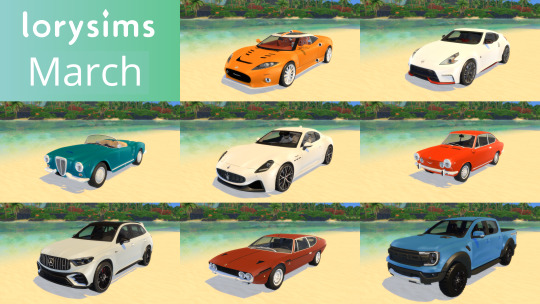
LorySims March '24 Pack - Patreon
Hello Simmers, and Happy New Year!!
These beauties are now available in early access on my Patreon. They're for "Back to the Future!" and "Tailor Made" subscribers, check them out!
Car list:
2008 Spyker C8 Aileron
2015 Nissan 370Z Nismo
1954 Lancia Aurelia B24
2023 Maserati GranTurismo Modena
1968 Fiat 850 Sport Coupé
2024 Mercedes-Benz GLC63 S AMG E Performance
1972 Lamborghini Espada
2023 Ford Ranger Raptor
CLICK HERE to join my Patreon now to get them!
#ts4#ts4cc#ts4ccfinds#ts4custom content#the sims 4#the sims 4 cc#sims 4#the sims#sims#ts4customcontent#the sims custom content#early access#patreon
73 notes
·
View notes
Photo
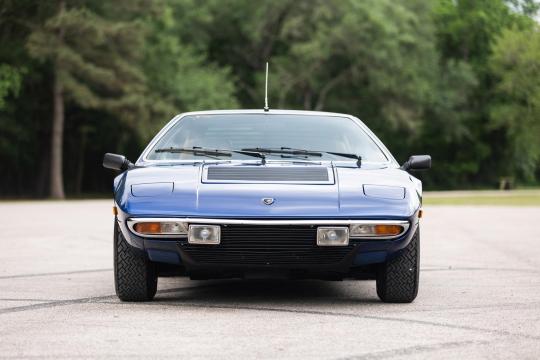
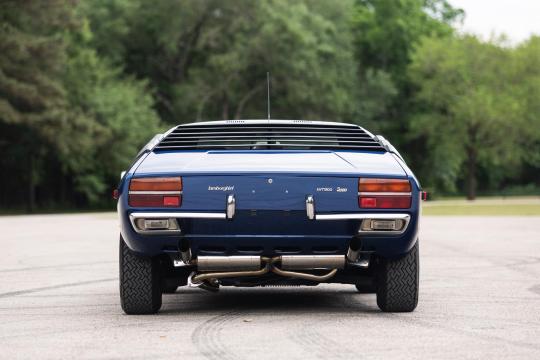

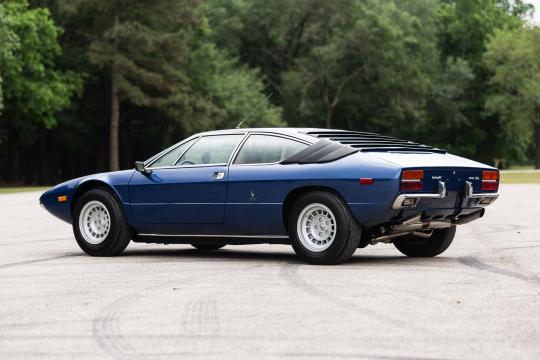
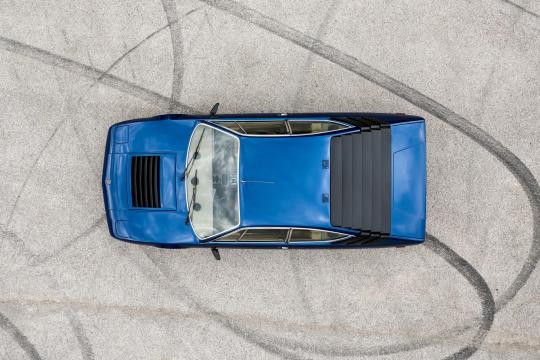
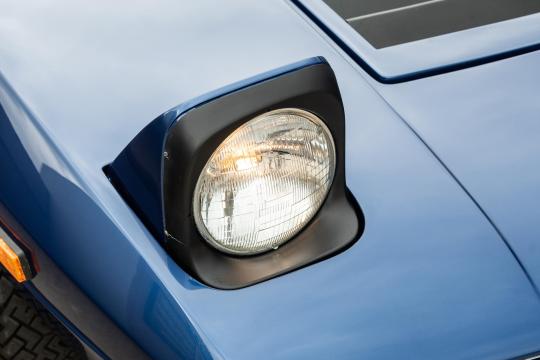
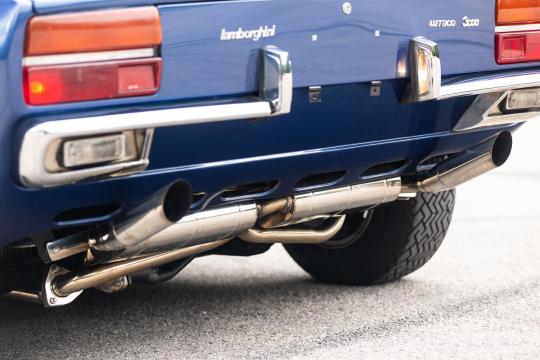
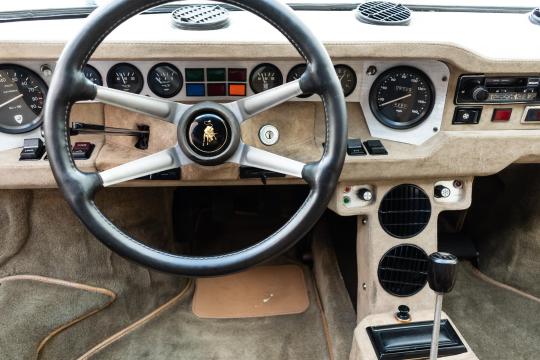
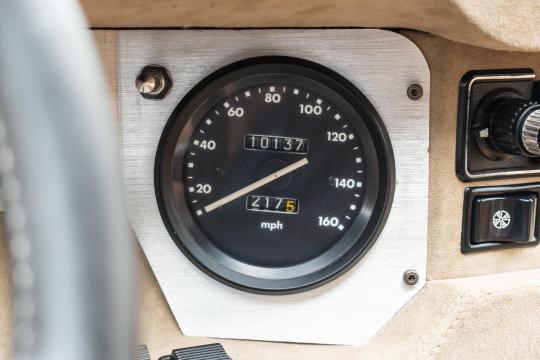
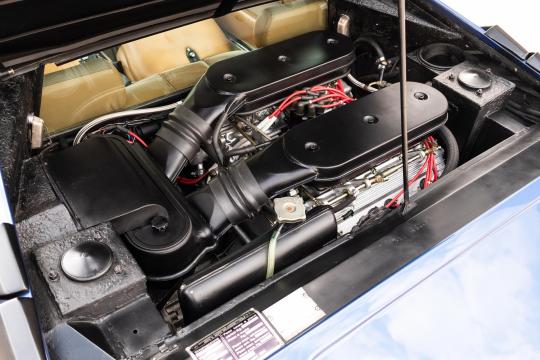
Lamborghini Urraco P300
Despite having been conceptualised as the model to dramatically increase sales and bring Lamborghini greater financial stability, the Urraco P250 proved a commercial flop. Production started in late 1972 following major equipment and floorspace investment. However, by late 1974, less than 500 had been delivered. The Urraco should have gone into production two years earlier than it eventually did. Lamborghini had originally conceived the model with a view to selling over 1000 examples every year.
The disappointing reality left Lamborghini deep in the red, but the Urraco was only partly responsible for a difficult few years.
Compounding the firm’s troubles had been delays for the Countach, a worldwide recession, problems at Lamborghini Trattori and unionised labour, all of which contrived to take their toll on the company founder. In 1972, Ferruccio Lamborghini had sold his tractor company along with 51% of his motor car business. He cashed out of the final 49% in 1974 when the world was in the midst of an energy crisis that slashed demand for gas guzzling machinery.
Throughout this tumultuous period, development work continued on the Urraco. It mainly focused on the Paolo Stanzani-designed V8 engine that had been created especially for the new model at considerable expense. In November 1974, an uprated Urraco P300 was launched at the Turin Motor Show. It immediately went into production alongside the Countach LP400, Espada Series 3 and Jarama S.
Most significantly, the Urraco P300 came with an enlarged three-litre engine. Equally importantly, the power unit now incorporated dual instead of single overhead camshafts.
To take capacity up to three-litres, Paolo Stanzani’s all-alloy 90° V8 was stroked from 53mm to 64.5mm. Bore went unchanged at 86mm for an overall displacement of 2997cc (an increase of 534cc). Compression was dropped from 10.5:1 to 10.0:1. Four new Weber 40 DCNF twin-choke downdraught carburettors were installed to replace the old 40 IDF 1s used previously.
The consequence of these improvements was a dramatic jump in output. Peak power was up 40bhp to 260bhp at an otherwise unchanged 7500rpm. The torque rating also rose considerably; 195lb-ft was now on tap at 3500rpm compared to 166lb-ft at 5750rpm for the P250.
As before, ignition was via two Marelli coils and a single Marelli distributor.
Lamborghini’s five-speed manual gearbox was beefed up to cope with the increased power and torque. Transmission was via a single dry-plate clutch and Lamborghini differential. New damper settings improved the ride, but otherwise little was changed to the existing platform The P300 was based on the same steel monocoque body shell as its predecessor. The engine was housed transversely like the Miura.
Suspension was independent all-round with MacPherson struts, coil springs and telescopic shocks. Anti-roll bars were fitted at either end The twin circuit brake system incorporated unchanged 278mm ventilated Girling discs. Campagnolo’s handsome five-bolt cast magnesium wheels were retained. They measured 7.5 x 14-inches and originally came shod with Michelin XWX tyres.
An 80-litre fuel tank was fitted in the engine bay.
Visually, the only change made to the P300 Urraco was a switch from a two-bank to six-bank radiator cooling vent on the front lid. The rest of Marcello Gandini’s soft wedge creation was unaltered.In a decade not exactly renowned for design longevity, the Urraco proved somewhat timeless. Compared to Bertone’s other mid-engined 2+2, the Ferrari Dino 308 GT4, the baby Lamborghini aged very well, even though it was ultimately outsold by the Maranello product by five to one.Build quality was considerably improved over earlier examples and nowhere was this more apparent than in the cockpit.Bertone had originally been responsible for furnishing the bodyshells, but by the time the P300 was on stream, this work had been taken in-house.
Lamborghini used better quality materials and ensured a higher standard of fit and finish.To this end, P300s were generally equipped with full leather interiors instead of the often garish two-tone leather and fabric combinations seen earlier.
The full width dash layout was still just as haphazard though. The rev counter and speedometer were located at either end of the instrument binnacle and angled in towards the driver. Supplementary gauges and various rocker switches were housed in between.
Lamborghini’s unusual deep dish steering wheel with its four arced horizontal spokes and leather rim was also retained. Like the P250 (which remained in production for a few months longer to use up an overstock of parts), the only update was the gradual shift to anodised black bumpers, wipers and window frames. A more conventional three-spoke steering wheel was also introduced towards the end of production.
#Lamborghini Urraco P300#Ferruccio Lamborghini#Countach LP400#Espada#Jarama S#Miura#Ferrari Dino 308 GT4#Bertone
176 notes
·
View notes
Photo





Barn find Lamborghini Espada Series II car, which is on sale at Historics Auctioneers in Buckinghamshire, has had just one owner since it was bought new in 1972. Its been parked for 35 years.
240 notes
·
View notes
Link
0 notes
Photo

1972 Lamborghini Espada with 5.2L Lamborghini Countach V12 [ https://imgur.com/or42wqP ]
#AwesomeCarMods#Awesome CarMods#Awesome Car Mods#car mods#1972 Lamborghini Espada with 5.2L Lamborgh
0 notes
Photo

Subcribe to my "Test Drive" Patron tier today to recieve all these cc!
PATREON
1953 Dodge B-Series
1960 Volkswagen Beetle
1964 Lamborghini 350 GT
1968 Ford Mustang Fastback 390 GT
1969 Audi 100 Coupé S
1969 Chevrolet Corvette ZL1
1970 Lamborghini Espada
1972 Ford Falcon GTHO
1974 Mazda RX-3
9 notes
·
View notes
Photo

1972-1977 Lamborghini Espada (it)
v12 3.9 325hp fr
grand tourer
32 notes
·
View notes
Video
1972 Lamborghini Espada S2 by Special Car Store Via Flickr: 1972 Lamborghini Espada S2 at San Marino Motor Classic 2019. Southern California Premier Concours-Level Exhibition A7R07436-20190613.1080
1 note
·
View note
Photo

Lamborghini Espada Series III, 1972 #lamborghini #espada #lamborghiniespada #marcellogandini #bertone https://www.instagram.com/p/BvNH_nNlX7b/?utm_source=ig_tumblr_share&igshid=19ixs3j6ewozi
10 notes
·
View notes
Text
All Lamborghini Cars From Birth to Now
As per legend, the introduction of Lamborghini has occurred after a battle between Enzo Ferrari and Ferruccio Lamborghini. The last griped to the Drake's not grandiose nature of the GT autos from Maranello. The discussion between the two happened in the mid 60s Ferrari and Lamborghini expelled, guiding him to "consider the tractors that I deal with self."
See pride, Ferruccio Lamborghini chose to give his life to a vehicle producer. Along these lines, in 1963, left the improvement of the first Lamborghini vehicle. The seat of Cento (FE) - where the Lamborghini tractors were created - working group formed by the creator Giampaolo Dallara Giotto Bizzarrini the specialist and architect Franco Scaglione.
350 GTV
The "trio" brought forth the Lamborghini 350 GTV model supercar displayed at the Turin Motor Show of that year and including the 3500 V12 motor which gave a top speed of 280 km/h. Additionally in '63, began crafted by the plant in Sant'Agata Bolognese.
350 GT
At the Geneva Motor Show in 1964, was exhibited the Lamborghini 350 GT creation variant of the 350 GTV. The vehicle was planned via Carrozzeria Touring and was moved by 3500 V12 motor with 270 pull driving the vehicle up to 250 km/h top speed. What's more, the Lamborghini supercar had the cockpit arranged in the bizarre example 2 +1. Appeared in the '65 Lamborghini 350 GTS Zagato and 3500, while at the Turin Show was exhibited the model P400 back motor. This was the new unit 3900 V12 350 hp and 430 hp in standard variant S.
The Miura
The model P400 prefigured the primary versus Ferrari model of Lamborghini. The Miura, formally displayed at the 1966 Geneva Motor Show. Other than being the image of Lamborghini, the Miura was the principal model to hold up under the name of a crowd of bulls. Actually, bull formally turned into the brand personality of Lamborghini, zodiacal sign as proprietor of Ferruccio. The vehicle was planned by Marcello Gandini, around then head of Centro Stile Bertone. The Miura was furnished with a 4000 V12 motor from 350 drive that can achieve a top speed of 270 km/h.
400 GT
In '66 was likewise displayed the Lamborghini 400 GT, a GT 2 +2 constantly moved from the 4000 V12 motor yet with decreased capacity to 320 hp. What's more, two models were exhibited as the 400 Monza and the Flying Star.
After two years, in view of the 400 GT was brought into the world his delegate, or the Lamborghini Islero, additionally determined by the 4000 V12 motor with 320 drive. In 1968 he was likewise introduced the Miura Roadster, stayed at the model stage.
In '69, in any case, the range was developed from 370 hp to the Miura S and the Espada. The last embraced the 4000 V12 320 hp motor and was the standard variant of the model Marzal, planned by Bertone and introduced two years sooner.
Jarama
In 1970, at the Geneva Motor Show Lamborghini Jarama was presented that supplanted the Islero, with whom he shared the 4000 V12 motor with 320 hp. In '71 appeared the Miura SV, the most recent advancement of 385 hp. Rather, at the Geneva Motor Show that year he was displayed the model LP500 motor mounted longitudinally back.
In 1972 the range was extended again with the Lamborghini Urraco, 4-seater car planned by Bertone, moved by the 2.5 V8 motor 220 hp. In '73 he left the scene the Lamborghini Miura, Countach supplanted by form sequential protoripo LP500.
In 1974, with the introduction of the model Bravo. Also, different renditions of the Lamborghini appeared Urraco: the P300 and P200 from 265 hp from 182 hp, it is proposed exclusively for the Italian market.
The emergency
The Lamborghini emergency was brought about by the advancement of an extravagance SUV and coalition with BMW to structure the M1. Soon after the introduction of the model in 1980 Athon, Lamborghini went to meet with disappointment. The organization resuscitated the following year because of the French gathering that displayed the Jalpa Mimran supercars like the new course.
Countach
At that point came the Lamborghini Countach Quattrovalvole in 1985 and the next year, the LM-002 SUV. Be that as it may, so as to endure, Lamborghini required a solid worldwide accomplice. In this manner, in 1987, the House of Sant'Agata Bolognese was taken over by Chrysler Corporation, headed by Lee Iacocca.
The initial step was the production of Chrysler Lamborghini Engineering Division, driven by Mauro Forghieri, which was planned by Formula 1 V12 motor which was embraced a year later and stables utilized by Larousse, Lotus and Minardi.
At a quarter century, in 1988 Lamborghini Countach 25 and introduced the model Genesis. Be that as it may, in '90 debut the main model planned by Chrysler, Lamborghini Diablo with retractable headlights. After three years the range was extended variants SE VT-wheel drive. Additionally in 1993, Ferruccio Lamborghini was missing, precisely thirty years subsequent to establishing Lamborghini auto.
Rather, in 1994 Chrysler surrendered Lamborghini to the consortium framed Asian MegaTech Indonesian and Malaysian MYCOM. During this period, it happened that new models however the range was extended with the Diablo VT Roadster in '95, and variants SV and SVR in 1996. Among different models were displayed Cala and Raptor.
Audi obtains control of Lamborghini
The most significant occasion in the historical backdrop of Lamborghini happened in '98, when the control go in the hands of Audi. The House of Ingolstadt extended by and by the scope of Lamborghini Diablo GTR and GT forms in '99, while in 2000 were submitted variants 6.0 and 6.0 SE.
Come the Murciélago and Gallardo
The consideration of Audi proved to be fruitful in 2002 with the Lamborghini Murciélago, structured by Belgian creator Luc Donkerwolke and outfitted with the 6.2 V12 motor from 580 hp. Furthermore, the next year exhibited the Lamborghini Gallardo, moved by the 5.0 V10 motor 500 hp Audi source.
1 note
·
View note
Text





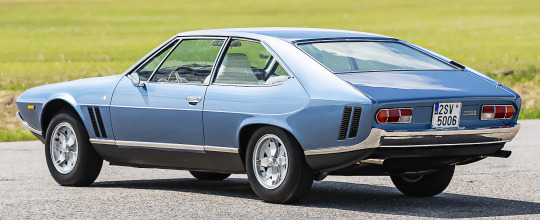
Iso Rivolta Lele, 1972. A restored, Cleveland V8-engined Iso is for sale by auction on Car & Classic. The car offered is the 9th of 285 Lele's built by Iso and features a corduroy-trimmed interior which was a factory option. The Lele was designed by Marcello Gandini at Bertone as a 4-seat grand tourer to compete with the Lamborghini Espada (also designed by Gandini). The car has travelled 52,828 kms and is in the Czech Republic.
auction listing
#Iso#Iso Rivolta#Iso Rivolta Lele#Bertone#Marcello Gandini#1972#Ford V8#Cleveland V8#351ci V8#grand tourer#cars for sale#auction#car & classic#corduroy#corduroy trim#1970s#dead brands
201 notes
·
View notes
Text

1972 Lamborghini Espada by LorySims
CAR POLYCOUNT: 30374 (midpoly, it should run smoothly on all PCs) DIRECT DOWNLOAD For more Lamborghini models, or if the direct download link above does not work, CLICK HERE If you like my mods, please follow me and share them! If you want to support me, JOIN MY PATREON to get my content in early access and much more! Follow me on Instagram: @lorysims.official
17 notes
·
View notes
Photo

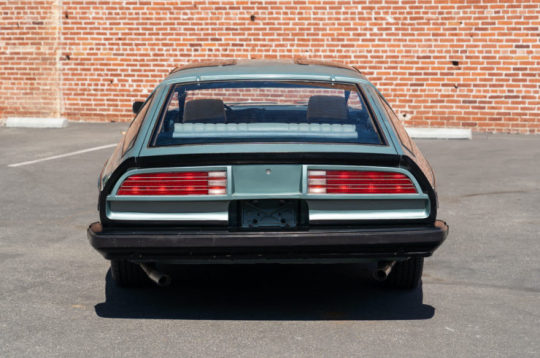
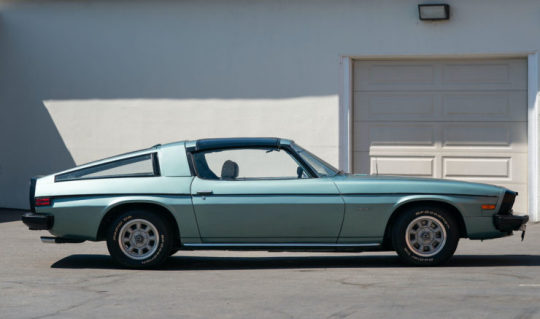
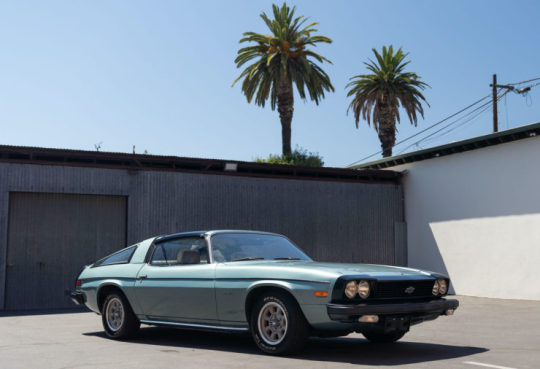
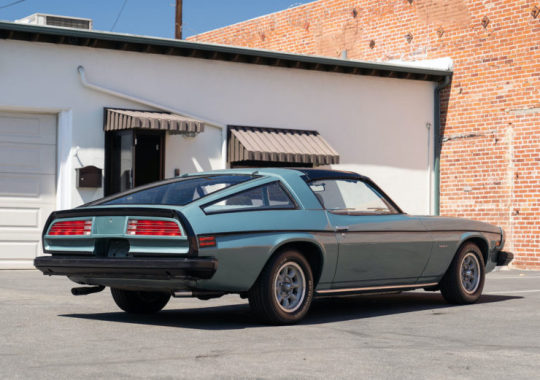


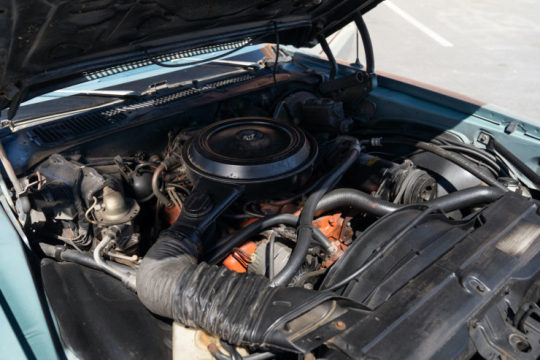
Chevrolet Camaro “Europo Hurst”
The Chevrolet Camaro “Europo Hurst” is a car that even many Camaro diehards have never heard of, it’s believed to be the only one that was ever made and it was shaped by hand in Italy rather than Detroit.The Europo Hurst Camaro came to be in the mid-1970s when a second generation Camaro was shipped to the workshops of Pietro Frua, one of Italy's leading car designers. Frua had designed and overseen the design of a staggering array of vehicles including cars for Maserati, Fiat, Studebaker, Volvo, Glas, AC, and many more. The starting point of the conversion was a 1976 Chevrolet Camaro fitted with a 350 cu. in. small block V8 and a 4-speed manual transmission. As with all Camaros of the era the car also had A-arm front suspension and a solid rear axle on leaf springs in the rear. The design that Pietro Frua and his team came up with has been described in a wide variety of ways, some of them complimentary and some less so. The styling is vastly different to the Camaro with the exception of the tail lights, it has some similarities to previous Frua designs like the Frua Dodge Challenger Special, the Frua Lamborghini Espada ‘Faena’, and perhaps the Frua Momo Mirage of 1972.Pietro Frua exhibited the car as his own modern Italian redesign of a Chevrolet Camaro for the first time at the Turin International Automobile Show in 1976. The car was then shown at the Automobile Club of Italy’s World Cars and at the Greater New York Automobile Show in 1977.The styling of the car did change slightly and it’s generally believed that only one was made and then modified, by the time the Frua Camaro was shown at the Greater New York Automobile Show it had gained new 10-spoke Vincent wheels and tinted Hurst Hatches (removable T-top panels) above the doors.
46 notes
·
View notes
